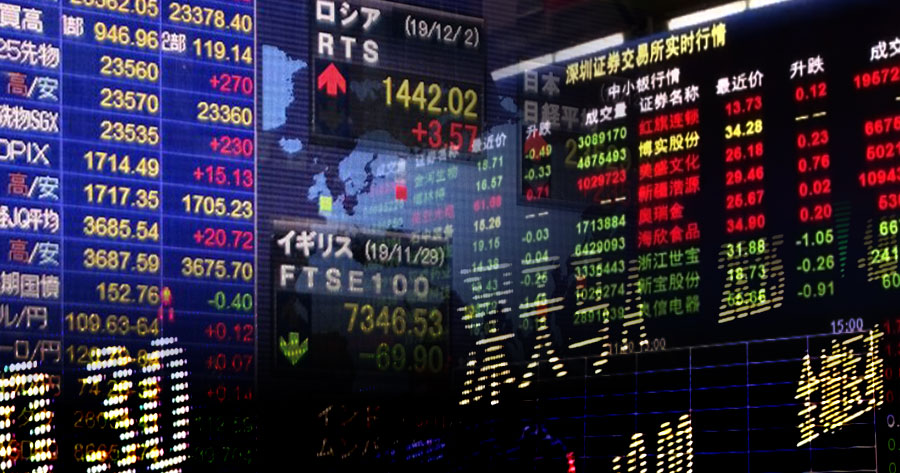Asian markets had a mixed opening session to the week on Monday, following Wall Street’s halt to its multi-week winning streak last Friday.
As of 9:41 a.m. Bangkok time, the Nikkei 225 in Japan gained 0.27%, reversing earlier losses. This came after data showed that service sector prices in Japan increased 1.6% year over year in May, the same rate as in April.
Similarly, South Korea’s Kospi rose by 0.48%.
Meanwhile, Hong Kong’s Hang Seng index fell by 0.26%. The Shanghai Composite Index for mainland China lost 1.24%.
In Australia, the S&P/ASX 200 fell 0.41%.
On Friday, the three major U.S. indices all ended the week lower: the Dow Jones Industrial Average was down 0.65%, the S&P 500 dropped 0.77%, and the Nasdaq Composite lost 1.01%.
CMC Markets analyst Tina Teng said in a Monday morning note that “economic concerns took center stage again as recession fears mounted, with spiking rates in both Europe and the US rattling global markets.”
On the commodity market, oil prices surged early Monday after investors looked at the Wagner private military company’s failed rebellion in Russia over the weekend.
Brent crude futures rose about 1% to trade at $74.58, while U.S. West Texas Intermediate crude futures rose 0.91% to trade at $69.78.
On Saturday, a group of Russian mercenaries staged a brief rebellion, taking the city of Rostov in the south and advancing on Moscow in an effort to get the military leaders in charge of the war in Ukraine removed from their positions.
However, after securing an agreement that ensured their safety and sent their leader, Yevgeny Prigozhin, into exile in Belarus, the private Wagner army withdrew. The threat to Russian President Vladimir Putin’s power was the starkest in decades, but its effects on the Ukraine war were unclear.




